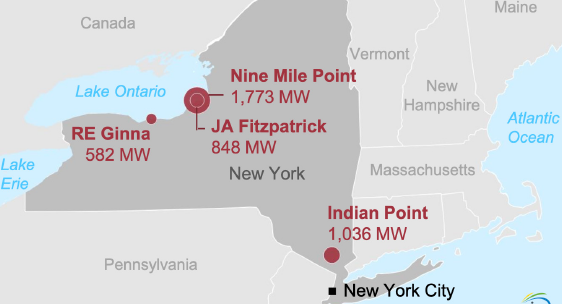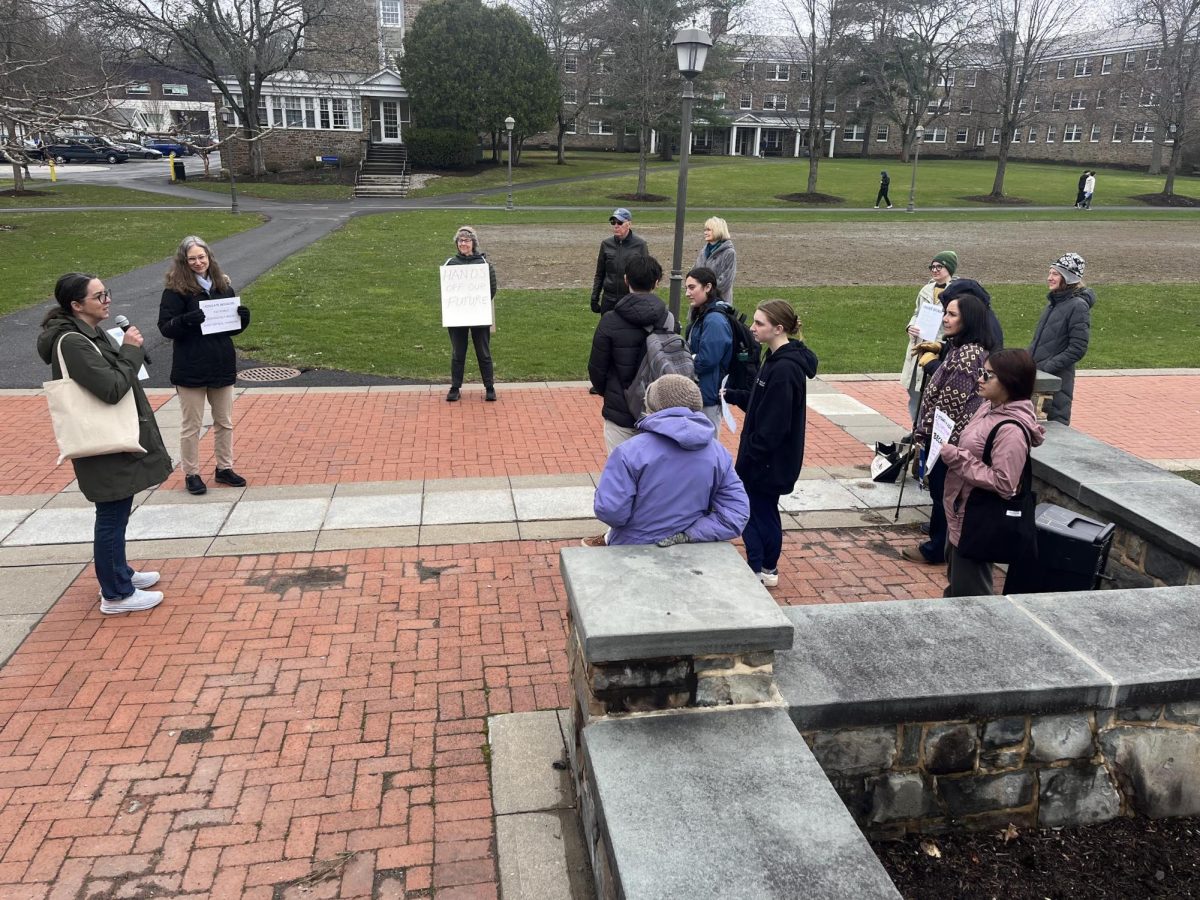
As demand for clean power in New York continues to increase, a baseload technology like nuclear power is a safe and effective solution. Nuclear is an optimal technology to invest in for the state’s energy grid. While nuclear currently has high regulatory costs, its reliability factor and energy output is critical to support the grid. As the New York grid continues to expand at a rapid rate, it is imperative that the state implements policies that incentivize nuclear energy procurement in order to keep up with the growing demand and address climate change.
Nuclear energy is also an ideal technology to convert the grid. In addition to expanding its energy usage, New York State has committed to a clean energy future. In 2019, New York passed its clean energy commitment with the Climate Leadership and Community Protection Act (CLCPA), a strict new landmark piece of legislation that set a climate action goal for New York. CLCPA aims to meet goals for 70% renewable energy and electricity by 2030, zero-carbon electricity by 2040 and an 85% reduction in greenhouse gas emissions by 2050 respectively. To meet each of these goals, nuclear energy is an ideal technology to meet the current and future demand.
New York is already heavily reliant on nuclear energy, a carbon free, renewable energy source with exponentially high energy production capabilities. Currently, 21% of the state’s energy capacity comes from three nuclear plants, which produce around 3.4 gigawatts of power consistently around the clock. Atomic energy could drastically reduce New York state’s carbon emissions, enabling it to meet its clean energy goals, while providing a source of energy with copious amounts of capability.
Nuclear energy is a clean technology that produces an abundant amount of energy compared to other energy sources. It is created through the process of splitting an atom (fission) or joining an atom (fusion). Both of these processes are used to create heat that can be converted into energy. Earlier nuclear reactors typically use low enriched uranium (LEU), or uranium-235 enriched up to 5%. To put the relative potency of this fuel into perspective, uranium used in modern nuclear weapons is often enriched to around 95%. Today, new reactor designs typically use high-assay low-enriched uranium (HALEU) as fuel, enriched between 5% and 20%.
In the state of New York, there are currently three reactor sites that are up and running, supporting New York’s energy capacity by producing 22% of the state’s energy: Nine Mile Point, which was founded in 1988, the James A. FitzPatrick Nuclear Power Plant, founded in 1975 and the Robert Emmett Ginna Nuclear Power Plant, which became operational in 1988. A fourth nuclear reactor, Indian Point, which began operating in 1962, was a major source of energy for New York City; however, it was closed in 2021 due to pushback from anti-nuclear activists. The loss of Indian Point was devastating for New York. At its peak, Indian Point produced 1,036 MW of emissions free energy, which is about 25% of New York City’s entire electricity use. Since the loss of the plant, there has been major expansion of natural gas energy production in New York State, to fill the electricity gap lost due to the closure of Indian Point. Natural gas and dual-fuel has increased 10% to add up to 49% of New York’s power.
Dr. Dietmar Detering is the Chair of Nuclear New York, a clean energy advocacy and charity group in the New York area. “Nuclear New York is a charity,” he stated. “We’re an advocacy group consisting of environmentally-minded New Yorkers of all parts of the political spectrum. We’re non-partisan, and what unites us is an agreement that nuclear energy should be welcome in our energy mix.”
Nuclear New York was originally founded during the closure of Indian Point. “Most of us found each other,” said Detering, “because we wanted to fight the imminent closure of the Indian Point nuclear plant, and we were unable to prevent that. However, I believe that we changed the narrative. New Yorkers have understood what a loss the closure of Indian Point meant for reliable and cheap electricity and also for the environment as New York State had to replace the end that was provided by Indian Point with or from gas. We’re now burning more fossil fuels than [before].” Since the closure of Indian Point, he indicates, New York State has steadily increased their reliance on natural gas as a baseload energy source, which increased carbon emissions produced in 2023 by about 11%.
When it comes to Indian Point, the closure was primarily due to misinformation surrounding the waste produced and the plant’s proximity to New York City, located on the east bank of the Hudson River, about 36 miles north of Midtown Manhattan. “Perception is the key here,” said Detering, “and the public is educated by popular media, movies even, or TV shows, and fears of nuclear energy.” Given the nature of the information the public regularly receives from these sources, their perceptions are hardly irrational. Misinformation is at the root of nuclear opposition, and it is evident that the more people know about nuclear energy, the less they fear it.























